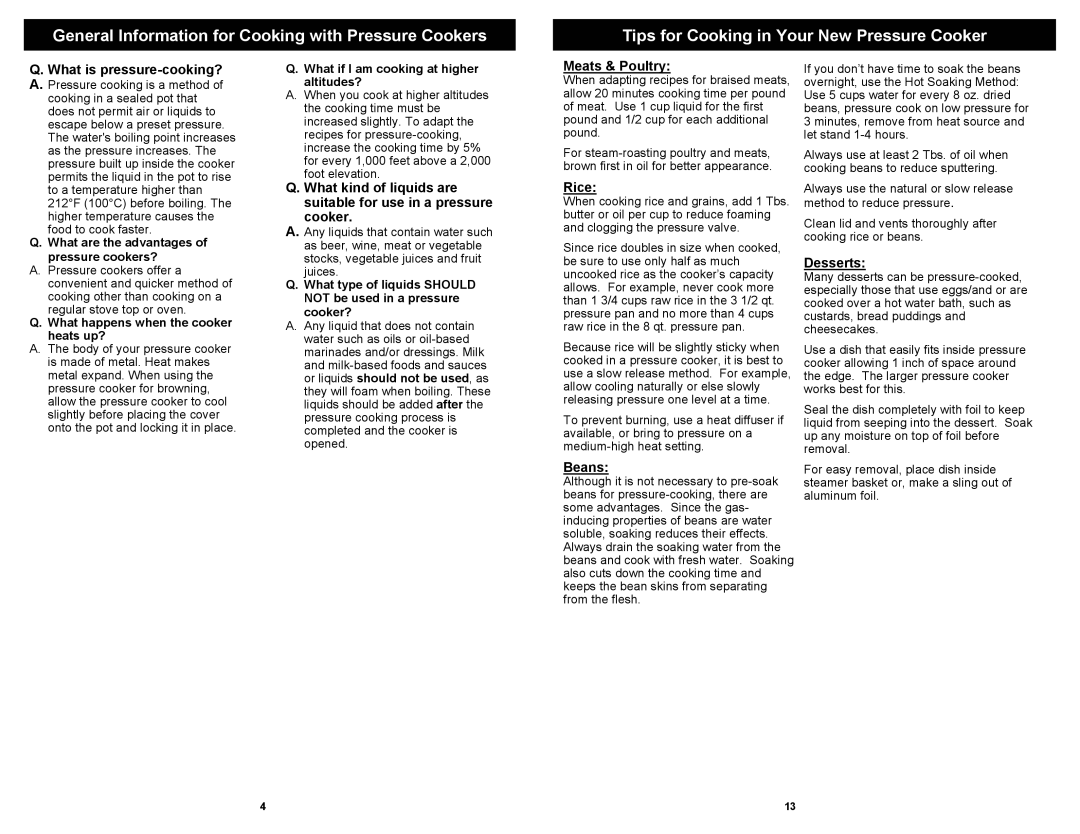PC107H specifications
The Euro-Pro PC107H is a versatile and efficient appliance that caters to the needs of modern households. This unique cleaning solution represents a blend of innovative technology and user-friendly design, making it an invaluable addition to any home.One of the standout features of the Euro-Pro PC107H is its powerful suction capability, which enables it to effectively remove dirt and debris from various surfaces, including carpets, hardwood floors, and upholstery. Its robust motor ensures that even the most stubborn particles are captured, providing a thorough clean every time. This vacuum cleaner also employs a multi-cyclonic system, which separates dirt and dust from the air, ensuring consistent suction power without loss of performance as the dustbin fills up.
The design of the PC107H is user-centric, featuring a lightweight construction that allows for easy maneuverability. The vacuum is equipped with an ergonomic handle, making it comfortable to use for extended periods. Additionally, its compact size allows for easy storage in tight spaces, appealing to those with limited storage options.
Another notable characteristic of the Euro-Pro PC107H is its extensive array of onboard tools and attachments. This includes a crevice tool for reaching tight corners, a dusting brush for delicate surfaces, and an upholstery tool for cleaning furniture. These accessories enhance the vacuum's versatility, allowing users to tackle various cleaning tasks efficiently.
Furthermore, the Euro-Pro PC107H boasts a HEPA filtration system that captures allergens and fine dust particles, making it a suitable choice for allergy sufferers. This advanced filtration technology helps improve indoor air quality, offering health benefits to users and their families.
The vacuum also features a user-friendly, bagless design that makes emptying and cleaning the dust container a breeze. This eliminates the need for replacement bags, reducing ongoing maintenance costs and contributing to a more environmentally friendly cleaning solution.
In summary, the Euro-Pro PC107H stands out for its powerful suction, lightweight design, versatile attachments, and advanced filtration system. It is engineered to provide an effective cleaning experience while prioritizing user convenience and health. This combination of features makes it an ideal choice for any household looking for a reliable vacuum cleaner that can handle a variety of cleaning challenges.
